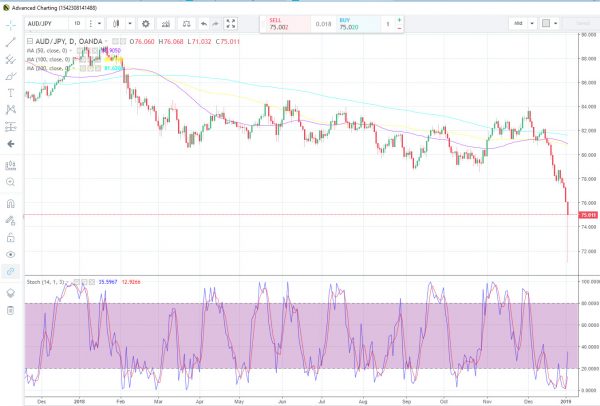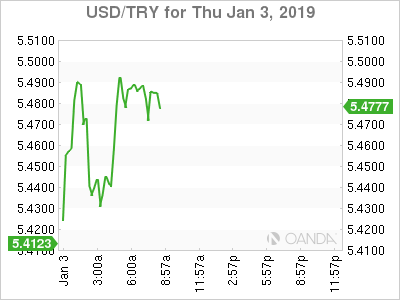After a flash crash or a historic currency move, many traders are baffled on what to expect next? Below are some examples of some major currency moves we have seen over the past decade.
- October 7th 2016, the British pound fell 6% overnight and initially traders were clueless. At one point the currency was down 10% and that was attributed to a fat finger transaction. Some also attributed the weakness to some harsh comments from French President Francois Hollande on Brexit, but most knew that would not be responsible for such a move. Rogue algorithm trading was also believed to be partially responsible for the plunge. The end result of the sterling flash crash was the key low around 1.18 was made and has not been tested since.
- January 15th 2015, the SNB surprised markets by abandoning the EUR/CHF 1.20 floor. The 20% freefall was solely attributed to the central bank. What is interesting is that the low made that day has still held and that on April 20th, 2018 we saw the cross retest the former floor at 1.20 for the first time.
- May 6th 2010, the crash of 2:45PM ET, was a US stock market crash that lasted for 36 minutes and took the Dow down about 9% and USD/JPY spiked lower by over 6%. The low made with dollar-yen held for a couple months, but the longer-term bearish trend returned and took out that low in over 2 months.
Yesterday, Apple news of cutting their guidance citing a steep drop in sales in China amid the trade war with the United States, sparked weakness in equities. Roughly an hour later we saw seven minutes of chaos with AUD/JPY, as it collapsed through major support that has been in place in over a decade. Markets were fragile at 5:30PM ET as trading desks were not fully staffed and Japan was in the middle of a 4-day holiday that ends on Friday. AUD was the most liquid currency and the lira was the most illiquid one.
A near 8% dive with AUDJPY may have formed a key bottom if we continue to see progress on the trade front and if we do not see another major leg lower with equities. Barring a policy mistake from the Fed would also be required for this low to hold, but it may be quite a while before we get the chance to see that clarified.
Regarding the lira, it has already recovered most of its losses against both the dollar and yen.














